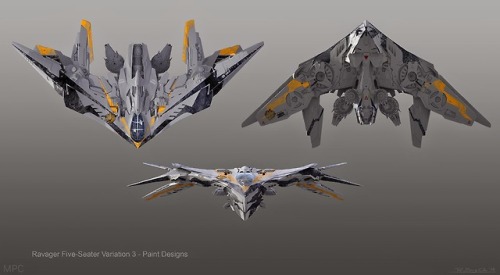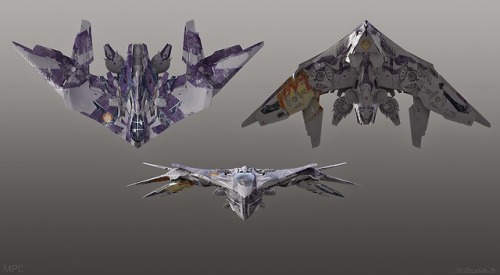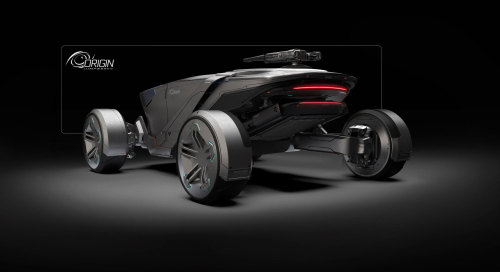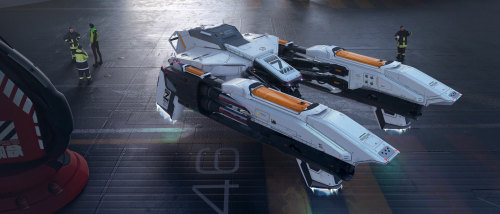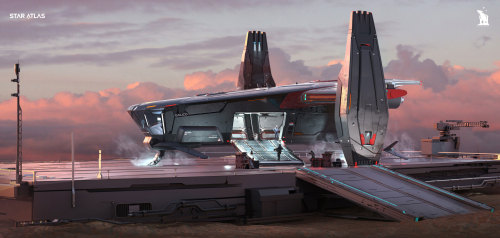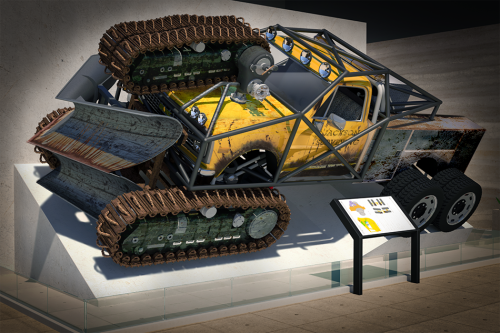#sci fi vehicle
The super sleek sci-fi concept designs of Andrian Luchian - https://www.this-is-cool.co.uk/the-sleek-sci-fi-designs-of-andrian-luchian/
Post link
In the early 1970s, prior to the involvement of either the Anodyne Corporation or the National Park Service, exploration of the Mystery Flesh Pit was a crude and arduous exercise undertaken by local agriculture & oil field workers. These young men, many of whom possessed no formal training in caving, improvised a variety of methods to aid in these early missions of discovery. An early attempt to mechanize the task of crawling through the viscera of the fleshscape took the form of field modified work trucks. Like the surviving GMC C/K truck shown here (formerly on display within the Upper Visitor Center), these jury-rigged vehicles lacked standardized designs and were highly experimental in nature. Though lacking the safety and articulation features common to later purpose-built machines such as the Grumman-produced Internal Anatomy Vehicle, these simple trucks were relatively instrumental in early exploration efforts to survey the Permian Basin Superorganism, with two or three surviving in service well into the 1980s.
Post link



